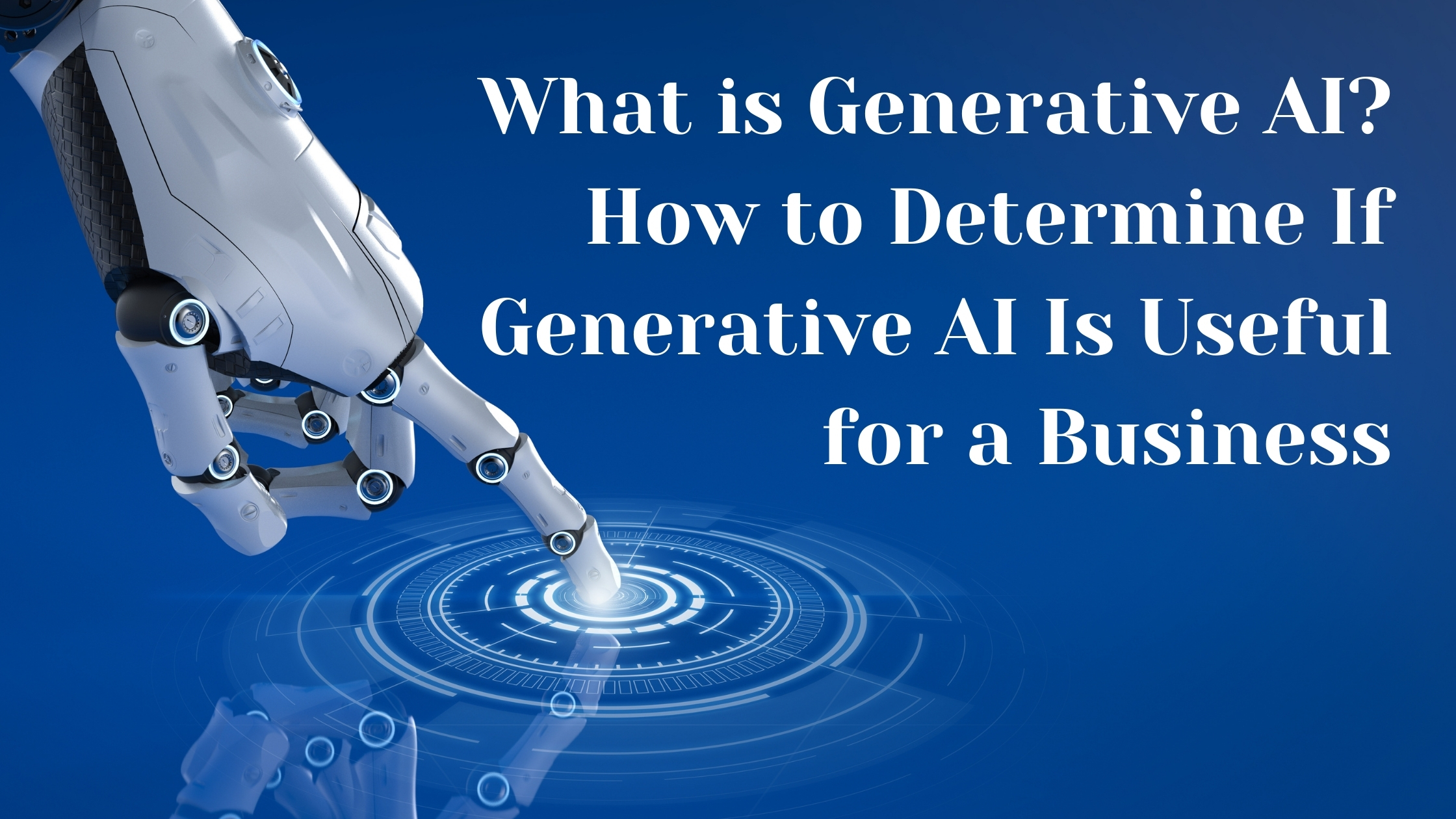Generative AI
What is Generative AI? How to Determine If Generative AI Is Useful for a Business
What is Generative AI?
Generative AI is a type of artificial intelligence that creates new and original content based on patterns it has learned from existing data. Unlike traditional AI, which is often limited to recognizing patterns or providing analytical insights, generative AI produces unique outputs such as:
- Text: Articles, blogs, product descriptions, or creative writing.
- Images: Graphics, art, product designs, or advertising visuals.
- Audio: Music, voiceovers, or sound effects.
- Videos: Animations, video editing, or deepfakes.
- Code: Software scripts, debugging, or website development.
Popular tools like OpenAI’s GPT, DALL-E, and MidJourney are well-known examples of generative AI systems.
How to Determine If Generative AI Is Useful for a Business
To assess if generative AI can be valuable for a business, consider the following steps:
1. Understand Business Needs
Identify the specific areas where the business faces challenges or inefficiencies:
- Content Creation: Does the business require large amounts of text, images, or video regularly?
- Customer Interaction:Are customer support or engagement levels a priority?
- Innovation:Does the business need help brainstorming new ideas or creating prototypes?
Example: An e-commerce business needing frequent product descriptions could use AI to automate this task.
2. Evaluate the Potential Use Cases
Generative AI is versatile and can be applied in many areas, such as:
- Marketing: Automating ad copy, email campaigns, or social media posts.
- Operations:Automating documentation, reports, and processes.
- Customer Service:Chatbots and virtual assistants for round-the-clock support.
- Design and Creativity:Creating promotional visuals, logos, or product mockups.
- Data Insights:Summarizing customer reviews or generating insights from large datasets.
Example:A graphic design firm might use generative AI to produce initial design concepts quickly.
3. Measure ROI (Return on Investment)
Determine how much time, money, or effort generative AI can save compared to traditional methods:
- Cost Efficiency: Would automation reduce labor or outsourcing costs?
- Productivity Gains:Can tasks be completed faster without compromising quality?
- Scalability: Can the AI handle increased demand without additional resources?
Example: A business creating 100+ marketing posts monthly could save significant time and money by automating content generation.
4. Analyze Industry Relevance
Some industries are naturally more suited for generative AI than others:
- Retail/E-Commerce:Personalized recommendations, product visuals, and targeted marketing.
- Healthcare: AI-generated medical imaging analysis, documentation, and patient interaction.
- Education: Personalized learning content, interactive quizzes, and tutorials.
- Technology:Accelerated software development, debugging, and product design.
- Entertainment:Creative content like music, movies, or video games.
Example: A healthcare provider could use generative AI for automated patient reminders and educational content.
5. Assess Feasibility of Integration
Before investing in generative AI:
- Ensure existing systems can integrate with AI tools.
- Check if the business has the technical resources (or partners) to implement AI solutions.
- Evaluate the scalability of these tools for long-term use.
Example:A small business with limited technical expertise might start with easy-to-use AI tools like Jasper or Canva.
6. Consider Ethical and Practical Concerns
Ensure AI adoption aligns with the business’s values and goals:
- Data Privacy:Does the AI comply with data protection regulations (e.g., GDPR)?
- Quality Control: Can the AI generate content that matches the brand's voice and tone?
- Ethical Use: Avoid misuse of tools (e.g., creating misleading or harmful content).
Example:A business using AI for personalized recommendations must ensure customers' data is handled securely.
Signs That Generative AI Is Useful for a Business
- High Demand for Creative Content: If your business frequently needs text, visuals, or videos.
- Resource Constraints: Limited manpower or budget for repetitive tasks.
- Desire for Scalability: Need to handle more output without additional cost or effort.
- Focus on Innovation:Exploring new ways to engage customers or streamline operations.
- Need for Speed:Shorter time-to-market for campaigns, products, or services.










